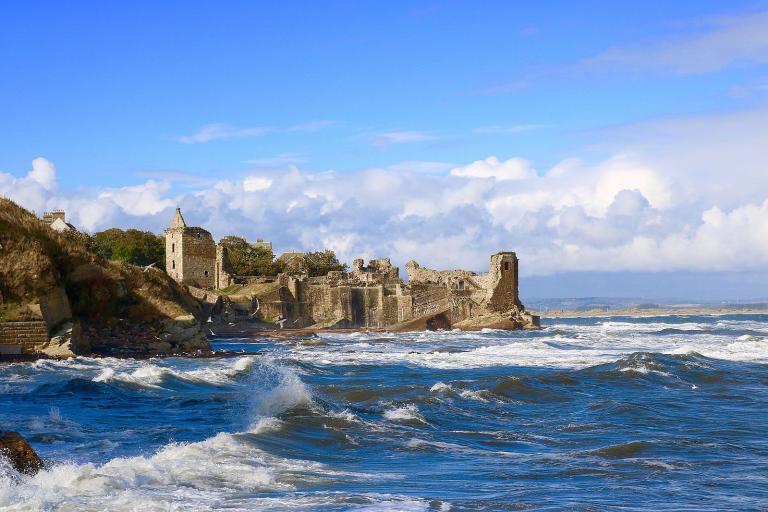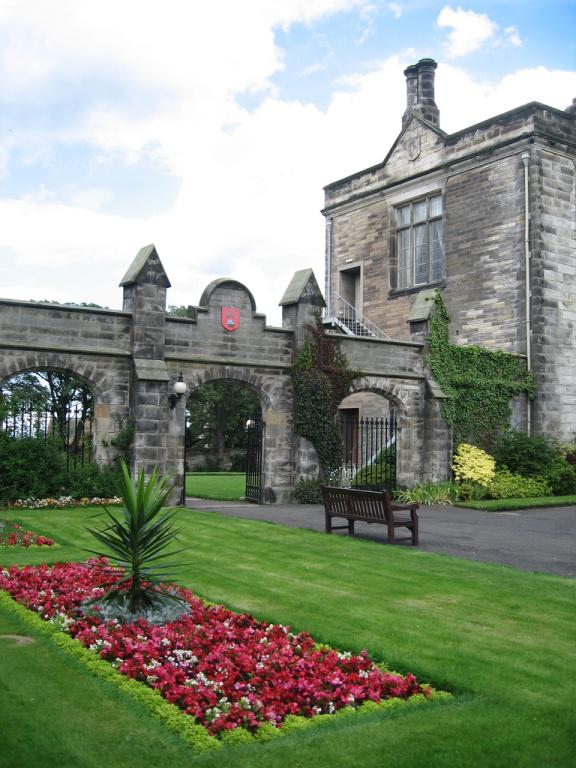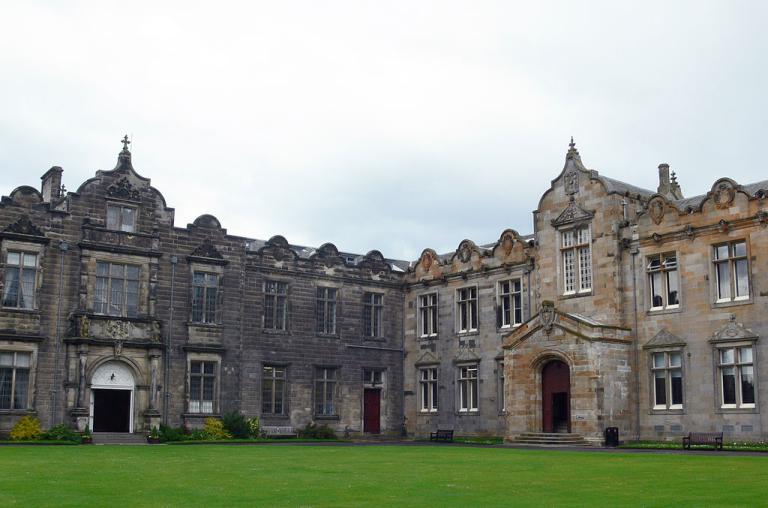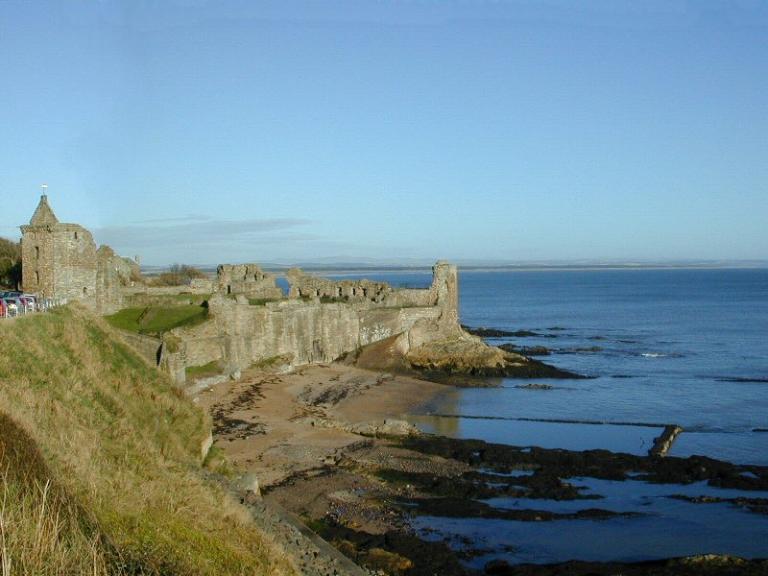
(Wikimedia Commons public domain photograph)
This article, written by Tad Walch for the Deseret News, provides extremely important background material for reflecting upon the controversial recent sexual abuse case in Arizona that has drawn a great deal of hostile attention to the Church of Jesus Christ of Latter-day Saints:
Moreover, because I think the matter so important, and because accurate understanding of it so vital — hostile or unreasonable misunderstanding of it so harmful — I once again offer a list of eight relevant links that I’ve previously shared here on this blog:
“What the bishops knew: Church releases details, timeline about Arizona sex abuse case”
“Reporting Abuse, Church Helpline, & the Bishop | An Interview with Jennifer Roach”
“Reflections on Abuse, Reporting, and the Church”
“Failure to Report Sexual Abuse—Bisbee, Arizona: 37 Primary Sources”

(Wikimedia Commons public domain)
We’re making our way right now toward Edinburgh, Scotland, and doing so reminds me of what I believe to have been my first visit to Edinburgh, and what was certainly my first visit to St. Andrews. The latter, of course, is probably best known to many people worldwide as the “home of golf” — the location of the Royal and Ancient Golf Club of St Andrews (the “R&A”), which was founded in 1754 and which, until 2004 (that is to say, for a full quarter of a millennium), bore responsibility as the “world governing body” for the rules of the game around the globe (excepting only the United States and Mexico). But, although I eventually spent a fair amount of time in the vicinity of the Royal and Ancient, it was certainly not the principal attraction there for me.

(Wikimedia Commons public domain image)
Sometime in 1975, I learned that the National Federation of Independent Business was sponsoring an essay contest in honor of the bicentennial of Adam Smith’s classic text on economics, The Wealth of Nations. The winner of the contest would receive $2000 (serious money in 1975!), as well as an all-expense-paid trip to the United Kingdom that would include a week-long tour of England and Scotland and that would then conclude with the victor’s attendance at the week-long 1976 meeting of the Mont Pelerin Society – a premiere international group of conservative economists – to be convened at the University of St. Andrews. This was irresistible to me. St. Andrews and its famous university carried a special allure for me because that was where the then well-known conservative thinker Russell Kirk had earned his doctorate.
I immediately decided to seek the prize and, curiously, I was always serenely confident that I would win it. I simply knew that I would. One of the principal approach paths to LAX passed far above my parents’ house in California and, as I sat out in their backyard writing my essay over the 1975 summer break, every plane that passed overhead reminded me of my upcoming trip to Great Britain.
Winning the essay contest — and I did, in fact, win it –allowed me to mingle socially with such figures as Friedrich von Hayek, who had won the first-ever Nobel Prize in Economics in 1974, as well as with Milton Friedman, who would win the 1976 prize just a few months later. I met future laureates like James Buchanan (1986) and Ronald Coase (1991), and spent a long afternoon exploring the superb used bookshops of St. Andrews with George Stigler, who would win the 1982 prize. One afternoon, I walked around the Royal and Ancient with the journalist and business historian John. Chamberlain, whom I greatly admired.

(Wikimedia Commons)
It was heady stuff for an undergraduate Greek major, and I almost shifted my studies to economics. (Flatteringly, several of the economists I met tried to persuade me to do it.)
I remember one late-night session in the hallway of a St. Andrews dorm where some of us argued U.S defense policy with the famed libertarian economist Murray Rothbard, who coined the phrase “anarcho-capitalism” and, for that matter, pretty much embodied it. He was contending that America didn’t really need federal-government military forces, but that — on the analogy of the privateers who served the role of an American navy during the Revolutionary War — free associations of citizens could, if they wanted, band together and purchase intercontinental ballistic missiles of their own. (I’m not altogether sure that he was joking. I envisioned a neighborhood in West Covina deciding to take out, say, Alhambra or South Pasadena over a bad call in a high school football game.)
One evening, my next-door neighbor in the university dorm where we were staying — an economics professor from Colorado, I think, whose name I’ve forgotten — suddenly dragged me off to a late-night gathering of something called “The Invisible Hand Society,” the main point of which seemed to be alcohol and bonhomie. There were about ten of us there, including Milton Friedman and a few others. The fellow who invited me had warned me at the last minute to put on the Adam Smith necktie that each attendee at the Mont Pelerin meeting had been given and that, it turned out, each member of the Invisible Hand Society was supposed to wear. This was lucky for me, because one poor soul showed up without it and was immediately fined ten pounds by the chair. (And he had to pay.) At one point, each of us in the room had to tell what we had done during the past year for the cause of the free market. I felt hopelessly inferior, because I was just an undergraduate student (in classics, no less), and all I had done was to write my essay. But that was deemed sufficient, and I passed. Another member of the group reported that he had debated John Kenneth Galbraith at Princeton. He was fined twenty pounds for mentioning Galbraith’s name.
One day, we made a pilgrimage to Canongate Kirkyard, on Edinburgh’s Royal Mile, where we were to place a wreath on Adam Smith’s tomb. But it turned out that nobody had actually brought the wreath. Everybody had thought that someone else had it. So, later that afternoon or early evening, we gathered on the battlements of the ruined St. Andrews Castle to watch Friedrich von Hayek cast the wreath into the surf below, expressing the hope, just before he did so, that Adam Smith’s famous “invisible hand” would take the wreath where it needed to go.
Posted from the North Sea











